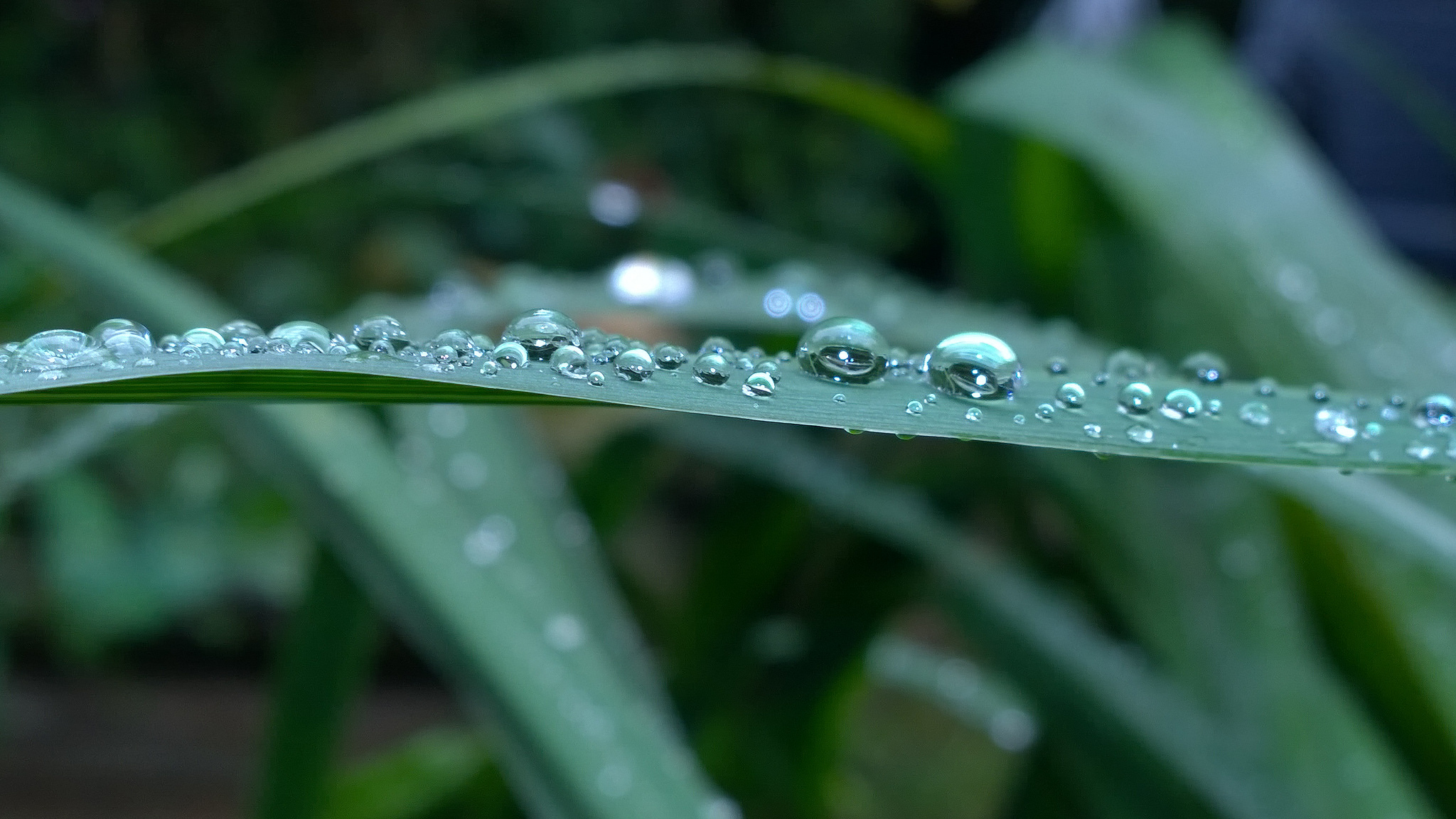An Overlooked Water Resource
| Published: September 23
Diana Donlon is Center for Food Safety’s Food and Climate Campaign Director where she leads Soil Solutions, a program communicating the critical importance of rebuilding soil health for food security, fresh water availability, and climate stability.
In bone-dry California we are counting the days until October when the rainy season should begin.
When wells run dry in the Central Valley, fires rage in Big Sur and pine forests in the Sierra Nevada die off, you can’t help but wonder where all the water has gone. But what if we asked a slightly different question: where should the water be?
To answer this it helps to know that soil hydrologists classify fresh water as either blue or green. According to Henry Lin, Professor of Hydropedology / Soil Hydrology at Penn State University,
“Blue water refers to water collected in rivers, lakes, wetlands and groundwater. Blue water is available for withdrawal before it evaporates or meets the ocean. Green water refers to water absorbed by soil and plants and is then released back into the air. Green water is unavailable for withdrawal.”
Nevertheless, it may be surprising to learn that what ends up as blue water represents only approximately 38.8 percent of total precipitation, whereas what ends up as green water represents the remaining approximately 61.1 percent of precipitation.
Although green water clearly represents the lion’s share of precipitation, as Professor Lin states, “green water is an often overlooked resource.”
Why do we fail to see the green water—the water that is stored in soils and consumed by plants?
Film-maker Deborah Koons Garcia provides one hypothesis. Koons Garcia, who wrote and directed Symphony of the Soil, an homage to Earth’s living soil system, points out that most people are “soil blind.”
If we “saw soil,” she says we would recognize that when it is healthy, soil acts like a giant sponge that absorbs water during floods and provides it to plants in times of drought. We would also “see” the difference between soils that have structure and soils that don’t. In order for soil to store water effectively it must have organic matter, or carbon. This carbon gives soil the structure necessary to carry out its filtering and holding functions. When rain falls on soils that are carbon deficient, the water isn’t absorbed into the soil sponge.
KEEP READING ON FOOD TANK

